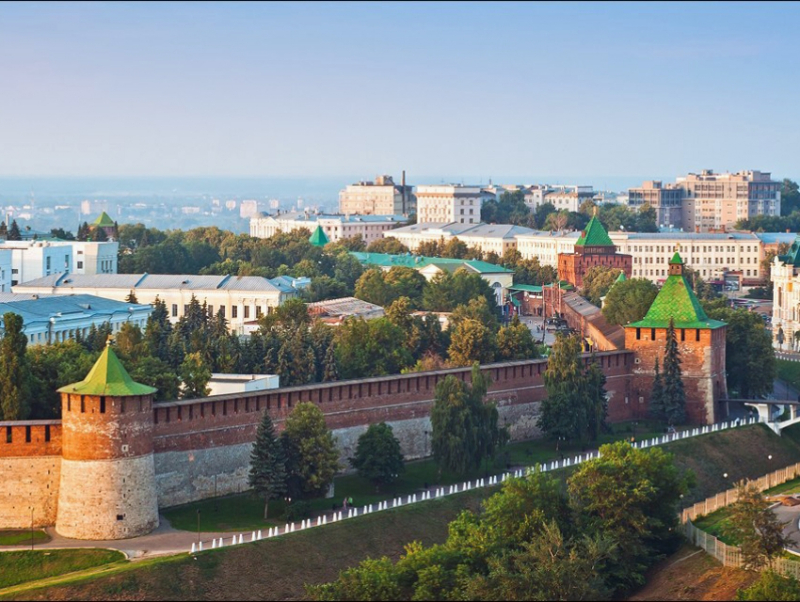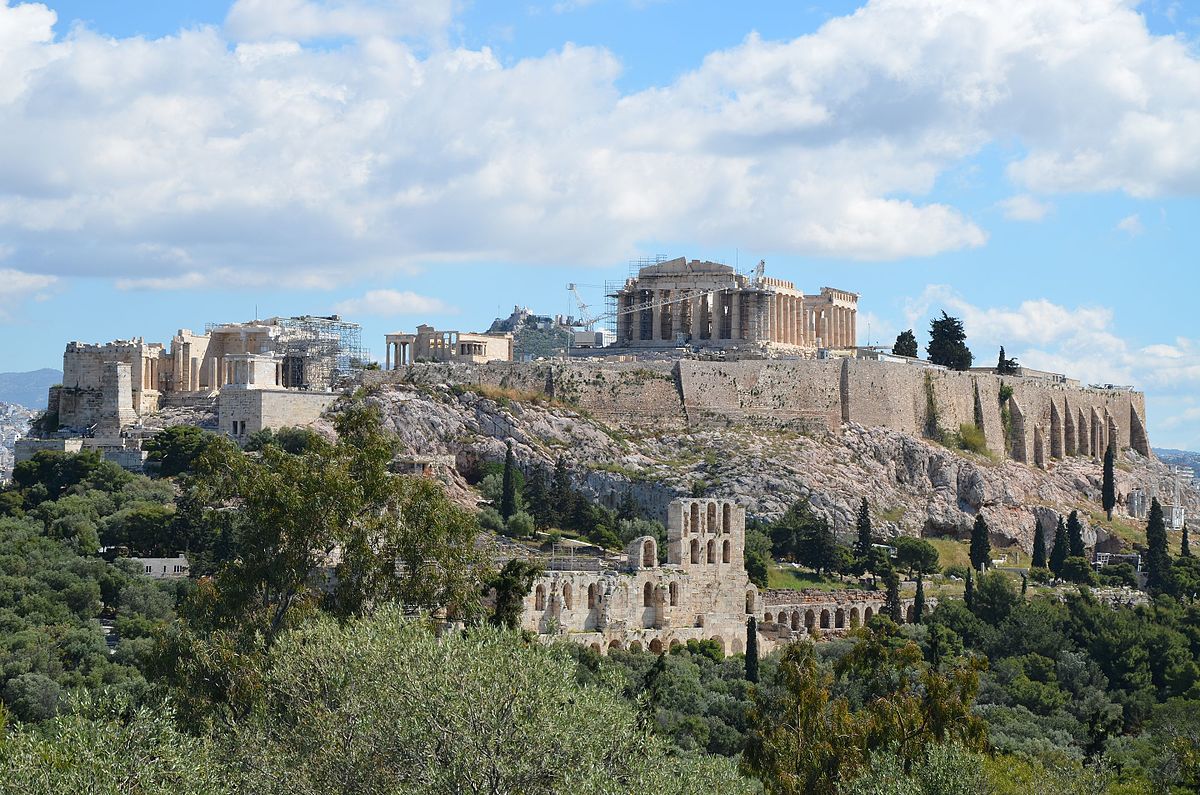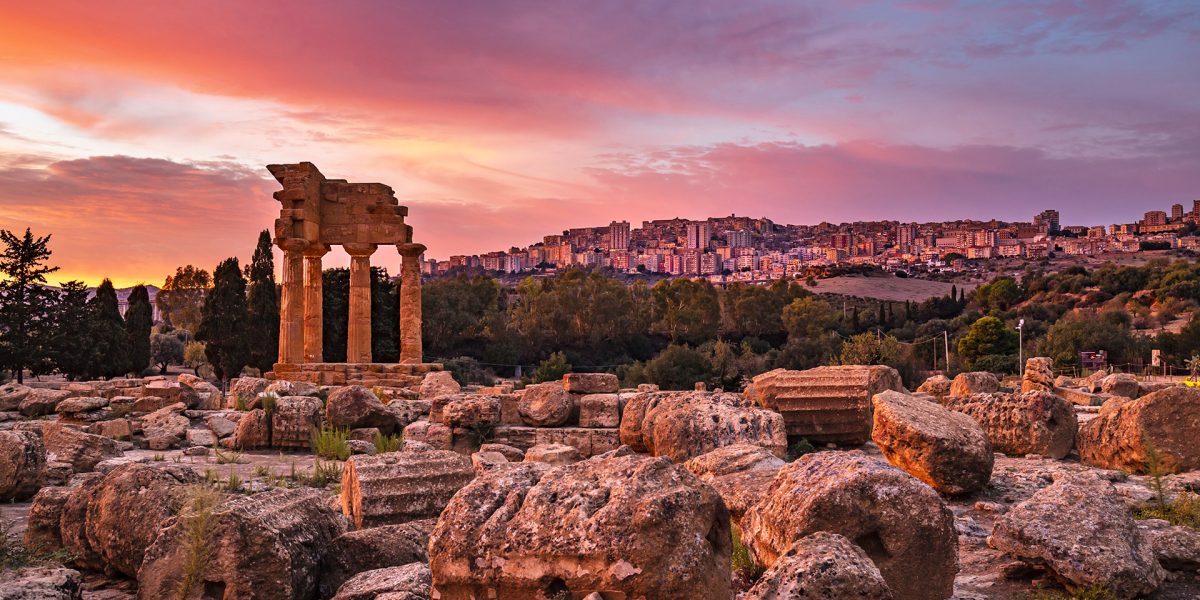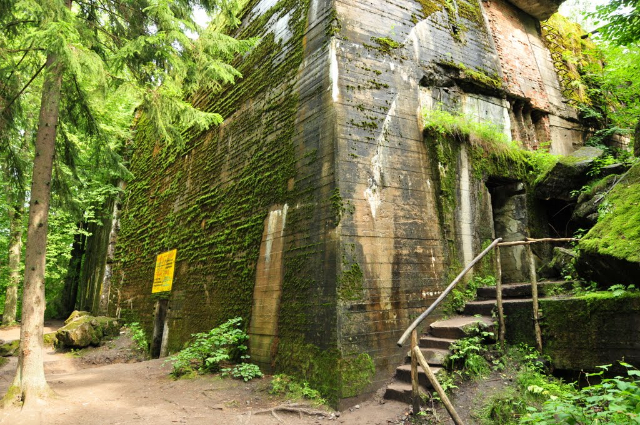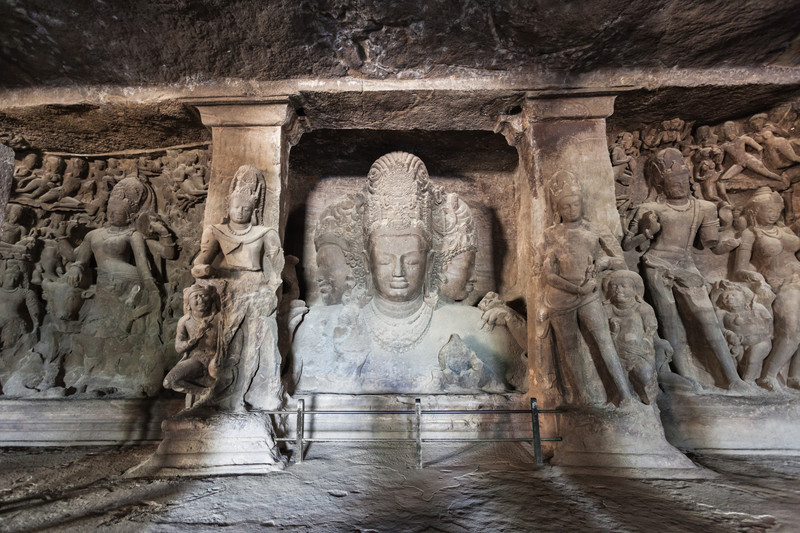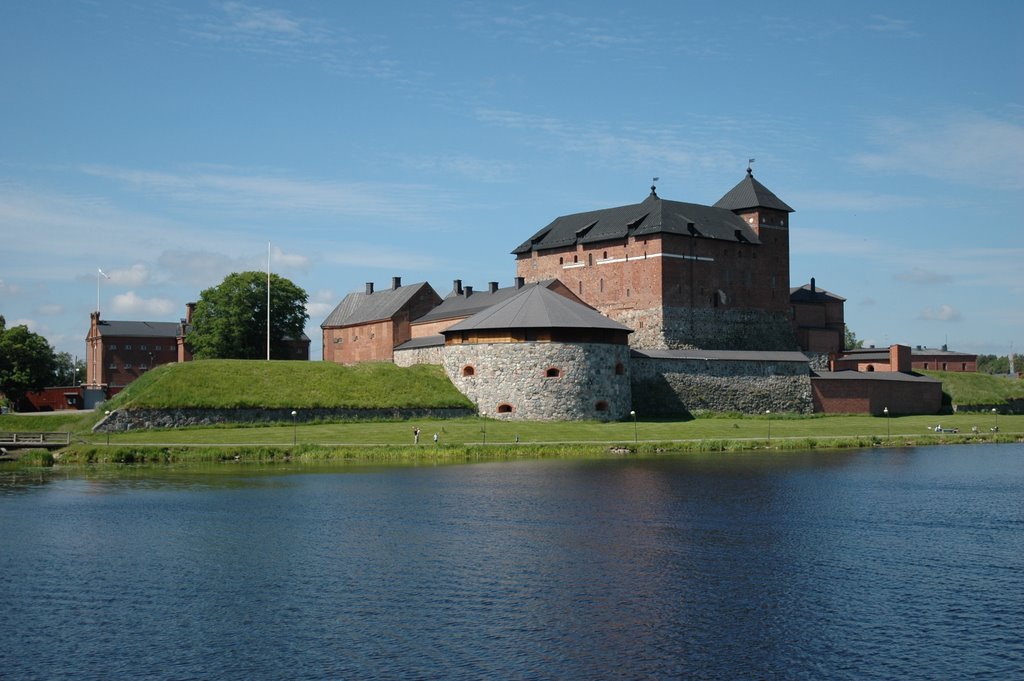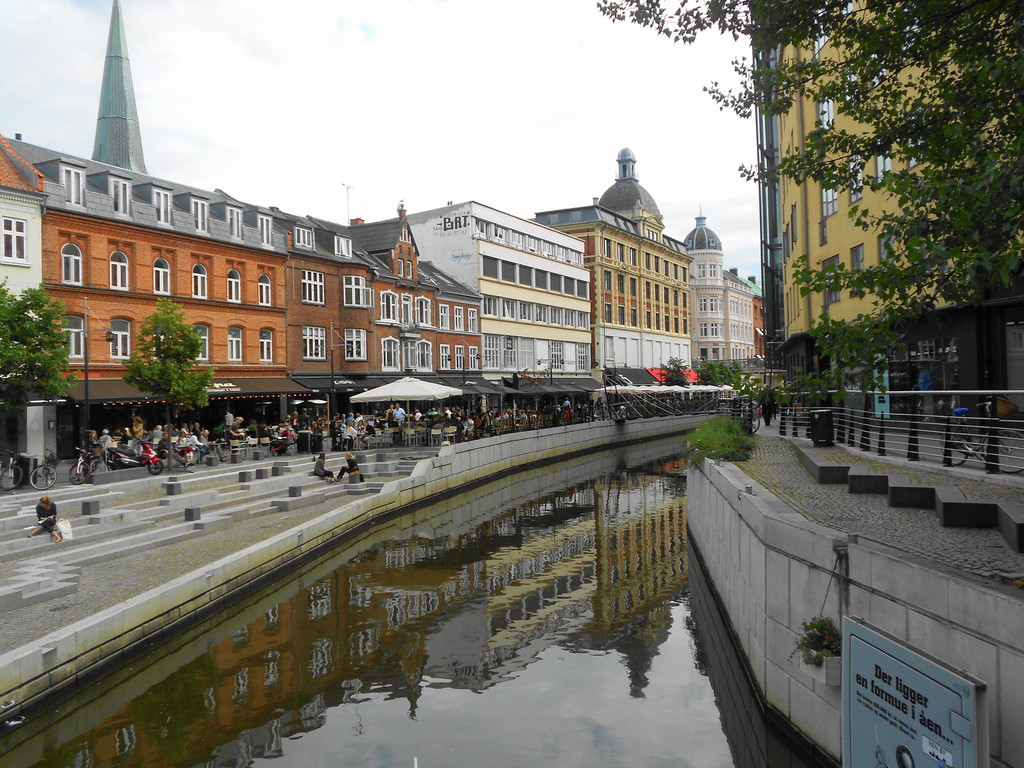Located about 270 miles east of Moscow, ancient Gorky, of medieval foundation, played a major role in the Russian economy, being an important industrial center. Destroyed by German bombing during World War II, it later became the largest "closed city" in the Soviet Union, strictly forbidden to foreigners. After the dissolution of the Soviet Union, with the new name of Nizhny Novgorod, it became a very welcoming city, also thanks to the temperate continental climate and the quantity of historical monuments and things to see. N. was founded in 1220 by Jurij Vsevolodovič, Grand Duke of Vladimir, and soon developed as a trading market; at first it was subject to the princes of Suzdal´, but in the 14th century it governed itself autonomously, electing its own dukes. Conquered (1390) by the prince of Moscow Vasilij Dmitrevič with the help of the Tatars of the Golden Horde, in 1417 it became definitively part of the Moscow state; in 1445 it was occupied by the Tatars of Ulu Mehmet; powerfully fortified (1508-11), it resisted the assaults of the Mongols (1513, 1520 and 1536). In 1524 the Makar´ev fair was established nearby, due to which N. became one of the richest and most populous centers of Muscovite Russia; seat of two academies, Greek and Slavic, it actively participated in the renewal of Russian literary culture at the end of the 18th century. The fairs (annual since 1817) were suppressed by the Soviet government in 1930.
The first place to visit is certainly the beautiful Kremlin with its 13 towers. This is the ancient fortified center of the city, which covers an area of almost 23 hectares and houses within it various monuments of national importance including the ancient Cathedral of the Archangel Michael, rebuilt between 1628 and 1631, on the site of a thirteenth-century temple.
